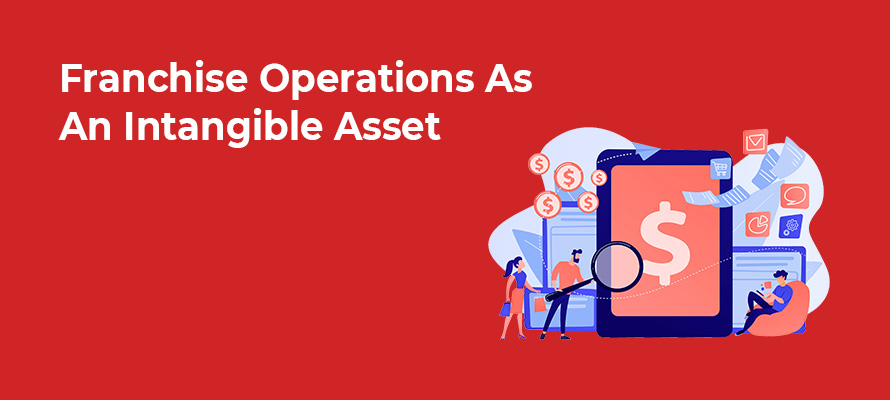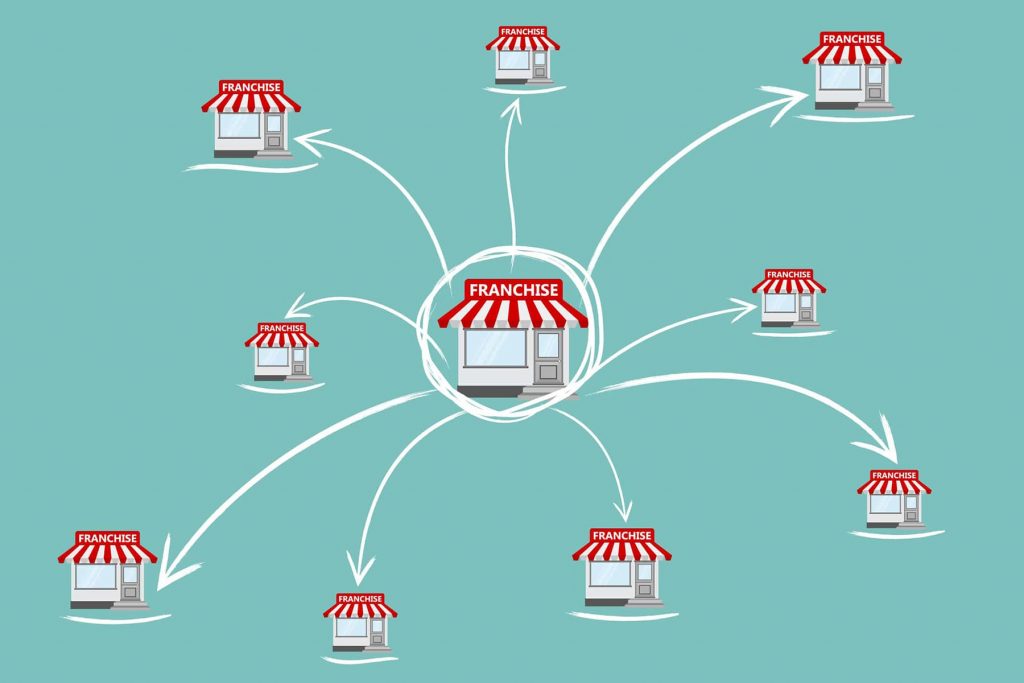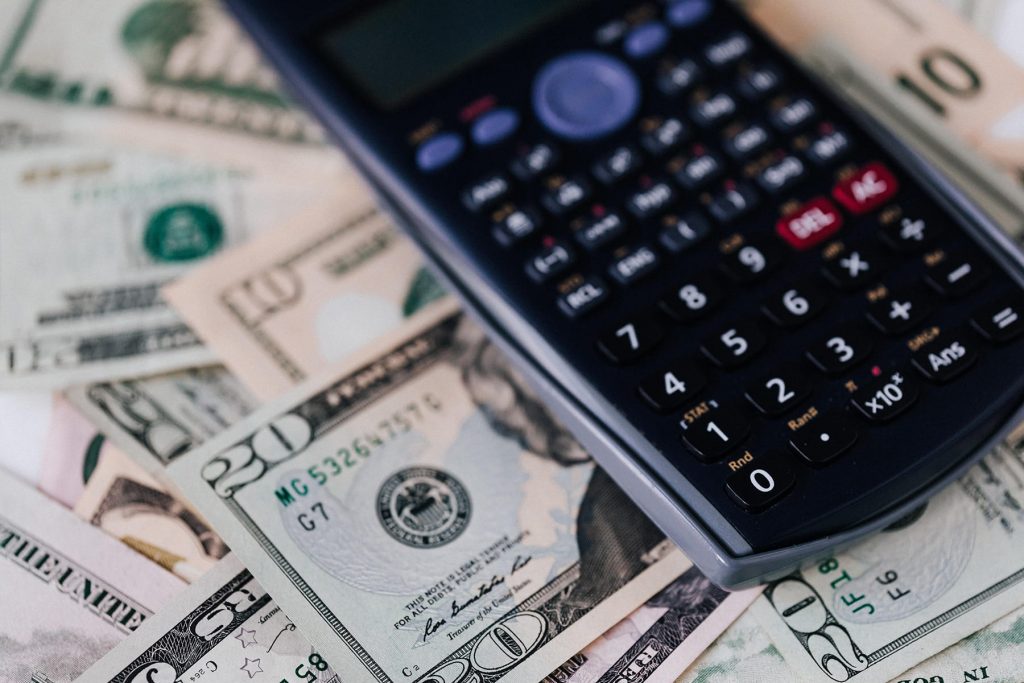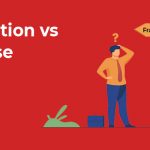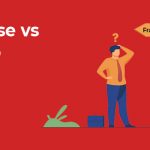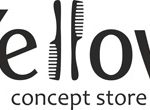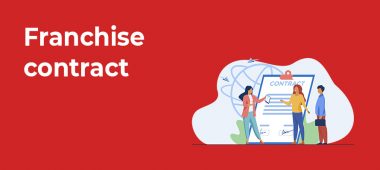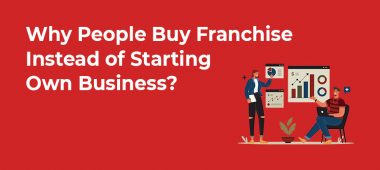Today, many people do not prefer the idea of working for someone else. Instead of working for others, people now want to invest in something that they can call their own. This is why we are seeing so many new startups and small and medium-sized industries emerging in the marketspace. Now, setting up a business, as some people might not know, is not an easy task to accomplish. An entrepreneur has to have many abilities and sharp thinking skills to become successful. Even before establishing the business, he needs to make significant and well-balanced decisions to reduce the chances of his failure. To begin with, he has to decide whether he wants to develop a new business idea, or if he would like to take over a business that is currently operating. Apart from these two popular choices the entrepreneur also has the option of investing in a franchise and of using the materials provided by the franchisor to establish his business. But what is a franchise and how does it work? Well, if you would like answers to these questions, then you will find this article the right place to begin!
What do you understand by franchise?
A franchise can be thought of as a business model where the company called the franchisor, comes up with the business design and provides the information including the details of the equipment, the business model, and the training, to the entrepreneur who we call the franchisee, to build his business. The franchisee typically pays a fee to the franchisor in exchange for using his business design, his name, and material to set his business up. The franchisee can also pay royalty or franchise fees to the franchisor depending upon the contract. It is basically like paying the franchisor for purchasing the right to operate his business design in a particular area.
For gathering a clearer understanding of this concept, think of food outlets like Dominos. So, basically, what happens there is that when an entrepreneur decides to establish a pizza outlet under Dominos, he first agrees with the Dominos franchisor. In this agreement, the entrepreneur or the franchisee makes a commitment to the Dominos to use his name, his business design, and his equipment in exchange for a fee. Dominos, in turn, grants him permission to set up his business in a particular area and shares with him all the significant information regarding the operations of the business. As a result, both the franchisor and franchisee become legally bonded and both of them make a profit.
What are the benefits of using the franchise business model?
Well, practicing the franchise business model has many perks for the franchisee. Some of these include:
You get a jump start
When a franchisor sets up a business under the franchise model, he typically gets a jump-start. This is because when you are opening the business under the name of a franchisor you are instantly recognized by the public and you already have a brand value. Thus, people trust you easily. So, for example, when the entrepreneur uses the franchise of Dominos and opens a pizza outlet, the public will recognize the brand easily, and so the business won’t face much difficulty in establishing itself.
Reduced competition
When you agree with a franchisor, you basically get a word from the company that another store will not open within a certain radius of your store. This means no competition at least not from your brand. So, if you open up your pizza outlet you can be sure that no other Dominos outlet will open up in your area and hence rule your arena.
Well-established business plan
With a franchise, you get a well-established and already successful business design, equipment, and material. Thus, while setting up your business you do not have to worry about coming up with a new business plan. You only need to follow the already established standards.
So, this is why establishing a franchise business is an effective business model. But is franchise an intangible asset? If so, then how? Well, we will get to that part in our further sections but before that let’s first understand what is an intangible asset.
What is an intangible asset?
In any business, there are some assets and some liabilities. Any business runs on the assets that it owns and the liabilities that it has to pay back. Now, these assets are of two types:
- Tangible assets, and
- Intangible assets
Now, intangible assets can be understood as those assets that can neither be touched nor seen but which have some value for the business. Examples of this type of asset include patents, goodwill, etc. These types of assets are usually reviewed every year and are written down if it is found in the analysis that their value has changed over time.
Is franchise an intangible asset?
The franchise fee is part of your startup costs. But unlike other costs, you cannot deduct a larger part of it in the first year of your business operations. Instead, the franchise fee has to be amortized over a period of 15 years or the duration of the agreement. This fee usually covers the cost of your initial training, supplies, and that of providing you with the unique goods or services that are related to the business.
Unless you mentioned in your agreement otherwise, you pay the franchise fee as a lump sum. In your balance sheet, the franchise is included as an intangible noncurrent asset, (according to the reference for business). When recording the initial franchise fee purchase cost, you debit the franchise fee and credit the cash in the same amount in your accounts. However, there are some key points that one should understand while recording the franchise as an intangible asset. These include:
- If a franchisee pays the franchisor periodic payments, then it cannot record a franchise asset. But if according to the agreement the franchisee pays a lump sum amount upfront to secure the franchise rights, then the franchisee can record a franchise asset in its books.
- The amortizing is done only if the business records the franchise as an asset. Its rate is calculated by dividing the initial value of the intangible asset over the years of its usefulness. Annually, the franchisee deducts the value of the asset by its amortization rate and records an expanse of that same rate.
- A franchise can only record the licensed asset in its balance sheet if the term of the license is supposed to end after the date of the balance sheet.
How is the intangible franchise account managed?
The franchisees use various accounts when they are recoding franchise in the business books. These various accounts include franchise fee expense, goodwill, and franchise royalties. Now franchise fee expenses refer to the costs that you incur or the money that you invest in paying the franchisor for using his name, his business design, and his material and equipment. Franchise loyalty covers the fee that you pay to the franchisor each year for the continued use of his name. Lastly, goodwill includes the money that is paid to set up the business over the total value of the assets.
Now, to calculate the value of the goodwill, you will first have to determine the value of each asset that you have recorded in your books. In the second step, you will have to total up this amount and then deduct it from the total money that you have paid to the franchisor. This difference is recorded as the total goodwill amount. Now, this amount is again an intangible asset that stays in the records of the entrepreneur until he believes that it no longer holds the same value. This situation is called impairment when the business reduces the value of goodwill in its books.
How are the franchise amounts reported?
After you have recorded these amounts in your books, the next step is to report them. For that, the accounts that you have used to record in your franchise are reflected in your balance sheet and income statement. Now, like you may have already understood, the franchise fee and the franchise loyalty represent expenses for the business, and hence they are deducted from the net profits of your company. As a result, the amount that you pay as tax to the government reduces as well. On the other hand, the Goodwill in your balance sheet is recorded as your asset and it increases the balance of your total assets. This is how the franchise affects your books and your income tax amount.
Conclusion
Thus, a franchise is a standard form of opting business where the business gets the authority to use the franchisor’s name and design to establish his own business in exchange for a fee. For the franchisee, these fees and loyalty, and goodwill are recorded as intangible current assets. Hence, it can be clearly concluded that a franchise is an example of an intangible asset.
